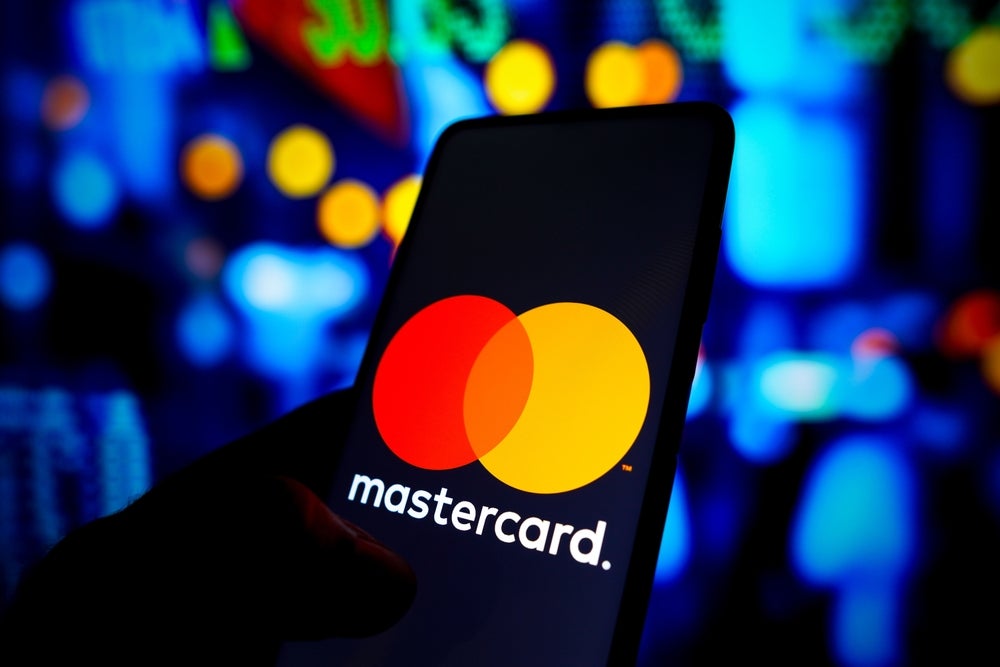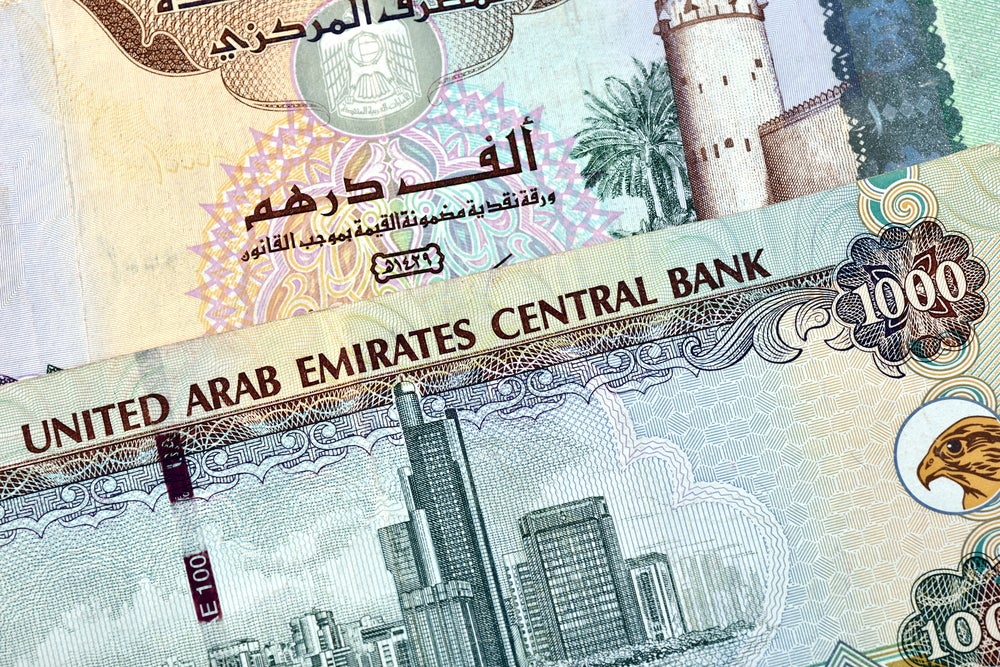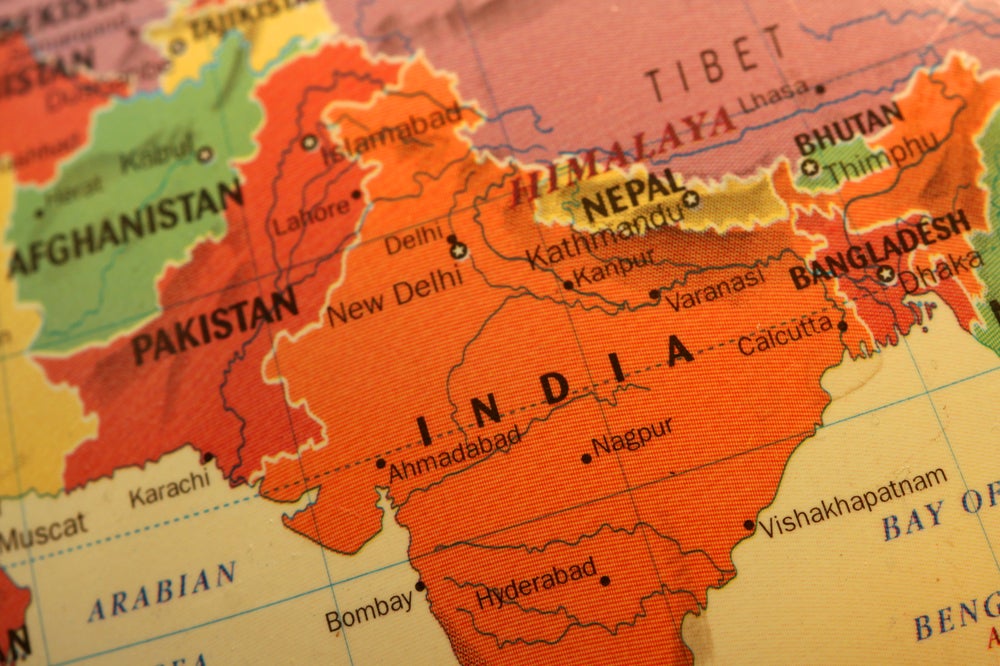VeriFone’s Tony Saunders provides insight
into how near field communications looks set to transform mobile
phones into handy contactless payment devices that open the way to
rapid PoS payments – and also herald a new era of compelling and
innovative loyalty and promotion applications for retailers.
Today’s consumers are increasingly
receptive to services or features they perceive as convenient and
‘useful to me’. The popularity of Apple’s iPhone, and acceptance
that mobile phones are now devices hosting multiple applications,
means that the public are ready to accept near field communications
(NFC) as a method of payment.
Now, billions of mobile phones worldwide are
being enhanced with NFC technology to enable a host of
near-proximity applications, including mobile payments, or
m-payments. The latest step in the evolution of payments is giving
consumers access to fast, secure and cashless payments at the
physical point of sale (PoS).
The NFC wireless connectivity standard
provides intuitive, simple and safe communication between
electronic devices. When two NFC-enabled devices – such as a mobile
phone and contactless payment device – are brought within
approximately four inches of one another, a connection is made.
With a simple wave or touch of a mobile phone, electronic payment
transactions can be processed quickly and securely.
The unprecedented possibilities of this
technology to deliver fast, ubiquitous payment is creating a
rapidly emerging market, one that research firm Juniper Research
predicted in a study published in November 2009 will reach $110
billion by 2014.
New applications
How well do you really know your competitors?
Access the most comprehensive Company Profiles on the market, powered by GlobalData. Save hours of research. Gain competitive edge.

Thank you!
Your download email will arrive shortly
Not ready to buy yet? Download a free sample
We are confident about the unique quality of our Company Profiles. However, we want you to make the most beneficial decision for your business, so we offer a free sample that you can download by submitting the below form
By GlobalDataThe addition of NFC technology to
mobile phones opens the way to a variety of new applications,
including ticketing and access control, where a mobile phone
functions as an electronic key to a hotel room or home. However, it
is a technology ideally suited to transform mobile phones into next
generation m-payment devices and could make the much vaunted vision
of the ‘cashless society’ an achievable reality.
M-payment is particularly applicable for
low-value cash transactions not currently being captured by
electronic payment providers, including those made at vending
machines, parking meters, turnstiles and small purchases in retail
stores and fast food restaurants.
Mobile payment pilot projects have
demonstrated that consumers value the convenience of being able to
use their mobile phone to purchase goods and services, identifying
faster check-out transactions, queue avoidance and the ability to
undertake a cashless transaction among the perceived primary
benefits. But fast, on-the-move payment is just one aspect of how
NFC technologies will enable a changing retail landscape.
Around the world, implementations of
NFC-enabled contactless m-payments are growing. Since 2005,
Japanese mobile network operator (MNO) NTT DoCoMo, in conjunction
with Sumitomo Mitsui Card and Sumitomo Mitsui Banking Corporation,
has offered a popular credit-payment service using DoCoMo
NFC-enabled “mobile wallet” phones equipped with smart-card
functions for cashless payment.
In China, China Mobile, the world’s largest
MNO, is revisiting NFC and has plans for a commercial roll-out of
mobile contactless payments. The deployment will commence with a
large-scale pilot to be held alongside the 2010 World Expo in
Shanghai. In this case, it is expected that the operators will opt
for a cheaper version of NFC which will allow handsets to be
retrofitted with the technology, rather than requiring users to
upgrade their devices.
Tapping into competitive
advantage
The level of security afforded by
NFC-enabled mobile phones is attractive for retailers and consumers
alike. Contactless payment relies on variations of dynamic card
validation value, or DCVV; meaning that every time the phone is
waved or tapped, an internal counter rolls over – a feature that
eliminates a common card-skimming practice known as ‘replay
fraud’.
Multiple additional security features are also
being built into the latest NFC-enabled m-payment phones, which
promise extra robustness and an advantage even over EMV-approved
smart cards. Added to this, end-users appear highly receptive to
m-payment.
In a recent US survey, 57 percent of those
polled said they were interested in a mobile phone that could
handle m-payments, and approximately 6 in 10 would switch banks or
mobile phone carriers to get the service.
NFC contactless mobile payment represents a
very significant market opportunity for the entire payment value
chain. As momentum for NFC solutions accelerates, retailers will be
looking to payment solution providers that can minimise costs and
time-to-market for deploying contactless devices.
The mass market roll-out of mobile-initiated
payment is just around the corner. French retail giant Carrefour
recently announced it has teamed up with three MNOs to initiate
large-scale NFC payment trials. Under the scheme, consumers will be
able to store and redeem mobile coupons, and replace existing store
cards with loyalty cards that are held and updated on their
phones.
Marketing and loyalty discount schemes are
seen as key to ensuring swift adoption of NFC by consumers.
MasterCard is currently running a m-payments trial in India which
is seeing 5,000 consumers using their NFC-enabled devices to make
purchases at about 400 retailers in Bangalore. Users are enjoying
benefits, such as 20 percent discounts with booksellers, as part of
the scheme.
Asia in the lead
As with many new mobile
technologies, Asia is leading the way. And, while the eyes of the
world are watching and learning, there is also an acceptance that
the market conditions differ greatly to those in the West. In
India, for example, the payment card infrastructure is
underdeveloped compared to Europe and the US. While millions of
Indians have access to mobile phones, relatively few use (or have
access to) payment cards, so there is little competition for NFC
payments. In some markets, m-payments are delivering previously
unavailable financial services to the unbanked masses, whereas in
others, it is bringing convenience.
NFC-enabled payments offer real opportunities
for retailers to increase the number of customers making
contactless payment transactions, deliver services that improve
customer convenience and loyalty, and enhance the shopping
experience. As mobile phones evolve into lifestyle devices, the
next evolution in electronic payment is already in our hands.







